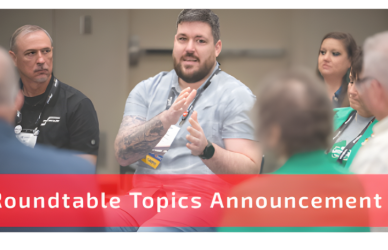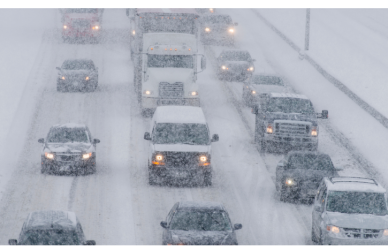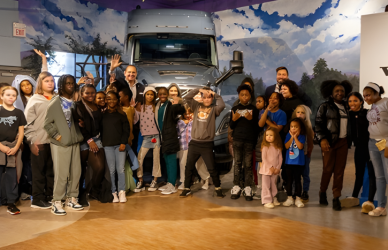The economy experienced strong growth in the third quarter, expanding at a robust 4.9% annual rate. This surpassed expectations, with the fastest pace in nearly two years and more than double the previous quarter’s growth rate. Despite higher prices and interest rates, Americans continued to spend at a brisk pace, driving the acceleration in the economy.
Consumer spending played a significant role in the growth, as people increased their spending on various items like cars and restaurant meals. Despite concerns about inflation, many individuals were still willing to splurge on vacations, concert tickets, and sports events.
This strong growth in the third quarter may be the peak before a slowdown begins in the current quarter and continues into 2024. Higher long-term borrowing rates and rate hikes from the Federal Reserve are expected to cool spending by both businesses and consumers.
The growth in the third quarter was supported by increased government spending and businesses building up their inventories; however, this boost is not likely to be repeated in the coming months.
Despite the Federal Reserve’s efforts to slow down growth and inflation by raising interest rates, the economy still managed to accelerate last quarter. Fed officials have acknowledged that the recent economic data showed stronger growth than expected. Nevertheless, most policymakers are expected to keep interest rates unchanged in their upcoming meeting.
Various factors are fueling consumer spending, including rising wages outpacing price increases. During the third quarter, consumers spent generously on both goods and services. Blockbuster concert tours by Taylor Swift and Beyonce also contributed to increased spending, with fans spending significant amounts on airfare, hotels, and concert tickets.
The net worth of households has also experienced significant growth, driven by rising home prices and a booming stock market. Additionally, low interest rates have benefited households, with a historically low proportion of income going towards interest payments on debts.
Consumer spending is, however, expected to slow down in the final months of the year, and the sluggish housing market is also impacting the economy. Loan repayments for student loans have resumed, which could hinder spending ability. Furthermore, the economy faces challenges such as a potential government shutdown and an increase in longer-term interest rates.
Despite these challenges, Fed Chair Jerome Powell expressed satisfaction with the state of the economy, as inflation has slowed and steady growth has prevented a recession.
The Fed’s goal of achieving a “soft landing” may be within reach if current trends continue. This means that the Fed could successfully slow down inflation to its target of 2% without causing a severe recession.
Recent data on retail sales has surprised Fed officials, however. Spending at stores and restaurants has increased more than expected, leading to speculation that the Fed may have to raise interest rates further if the economy continues to grow strongly. The current short-term rate is already at a 22-year high of 5.4%.
Despite this, with inflation on the decline, it is predicted that the Fed will not make any changes to its short-term rate at its upcoming meeting. Many economists are also anticipating that rates will remain unchanged in December.
Investors and analysts will be eagerly watching Powell’s news conference on November 1 for any clues about the Fed’s future actions.
Source: Transport Topics











